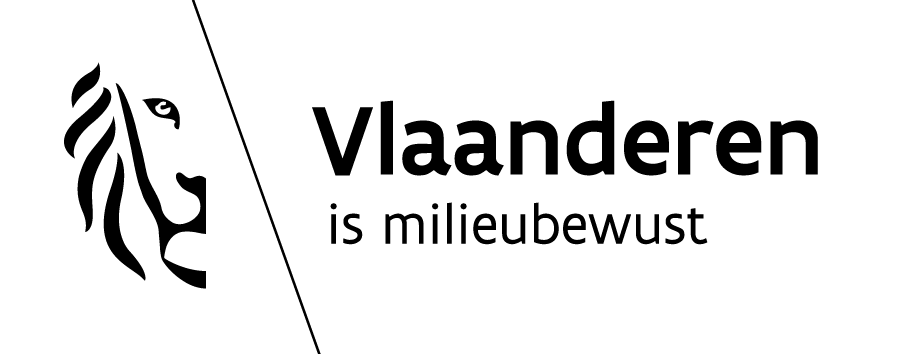DESCRIPTION
TECHNICAL ASPECTS (all % are volume-based)
Point sources: All sources.
CO2 concentration: > 400 ppm
The input CO2 concentration goes from the atmospheric to the highly concentrated range due to the use of caustic scrubbing.
CO2 capture efficiency: > 95%
CO2 purity: > 95%
Min. feed gas pressure: 1.5 bar
Max. feed gas temperature: ±80ºC
Typical scale: Small (<100 ktCO2/yr)
Disclosed markets: point sources and maritime.
Primary energy source: Electricity
Impurity tolerance: Highly tolerant to impurities as a treatment post-recovery of electrolytes. SOx and NOx are beneficial impurities.
FUNCTION IN CCU VALUE CHAIN
- Capture of CO2 from sources where amine scrubbing is not attractive, with classic caustic scrubbing.
- Pressurized, pure CO2 delivered for CCS or CCU with formed H2.
- No purification is needed before scrubbing.
LIMITATIONS
- Insufficient H2 production for full CO2 conversion to products.
- Not suited at present for a very large scale (Mtonne).
- Early-stage development.
ENERGY
- Only electricity input for the capture and regeneration process, to drive the electrolyzer and scrubber.
CONSUMABLES
- Water as per H2 produced.
- Salts for electrolytes in case a purge is needed.
- Reagents for purification on site (e.g., oxidants).
| Parameter | Value |
|---|---|
| Water (t/tH2) | 9* |
| Electricity (kWh/tCO2) | 670** |
|
* Water required for H2 production. ** Electricity for the electrolyzer CO2 component, Electricity for the scrubber depends on the stream, No electricity is needed for regeneration. |
|
COSTS
CAPEX: ± 510 €/tCO2/yr*
Main CAPEX: Electrolyzer.
OPEX: < 100 €/tCO2**
Main OPEX: Electricity.
CO2 capture cost: Variable.
Depends on the scale and the electricity price.
*At a small scale, even lower at 100 kt scale, but this is to be further developed.
**OPEX cannot be considered on a pure CO2 basis, the system consumes 32 GWh to capture 15 ktCO2, produce 430 tonnes of H2, produce heat that can save another 1 kt-CO2, produce oxygen, and it avoids pressurization costs and the need for gas purification. At a present 110 €/MWh industrial electricity price, one could state the OPEX at less than 100 €/tCO2, including the pressurization to 35 bar.
CO2 avoidance cost: Not available
ENVIRONMENTAL
CO2 footprint: Not available.
This cannot be stated as the number is just linear with the footprint of electricity needed. It would be too simple to just rely on solar or wind as the source and report a negligible footprint.
Spatial footprint: Standard electrolyzer size (±500 m2 per MW installed capacity) + scrubber (±200 m2 for 10 kt p.a. spoke).
Environmental issues: Not available.
ENGINEERING
Maturity: Individual (TRL 6-9); Combination (TRL 4)
Time to market: 2-3 years.
Retrofittability: Feasible
Easily retrofittable to current scrubbers.
Scalability: High
Scalable as H2 electrolyzers.
Process type: Liquid solvent-based with chemical reactions.
Deployment model: Centralized or Decentralized.
Decentralized CO2 absorption at point sources with centralized desorption.
Technology flexibility: Hybridization with other capture technologies is feasible.
TECHNOLOGY PROVIDERS
- ELECTRICON
MISSING INFORMATION
All technologies should be benchmarked at realistic energy prices and full costs (including compression). The costs for CO2 capture are estimated to increase power production costs from €204 to €609 per MWh due to the impact of compression, where compressors require >40% of OPEX.1 Technology is novel, hence information is needed on the impact of impurities and the optimal business model. Current competitors assume optimistically that they will get electrical or other energy below 100 €/MWh, which skews the business case.
ALTERNATE PROCESS
- Electrochemical DAC by Mission Zero.
- ICO2CH system by VITO.
- Electrochemical DOC system SeaO2.
CONTACT INFO
Mohammed Khan (mohammednazeer.khan@vito.be)
Miet Van Dael (miet.vandael@vito.be)
Steven Peleman (steven@triplehelixgroup.com)
ACKNOWLEDGEMENT
This infosheet was prepared as part of the MAP-IT CCU project funded by VLAIO (grant no. HBC.2023.0544).
REFERENCES
1. Wilkes MD, Ejeh J, Roberts D, Brown S. Cost of small-scale dispatchable CO2 capture: Techno-economic comparison and case study evaluation. Int J Greenh Gas Control. 2023;127:103931.

